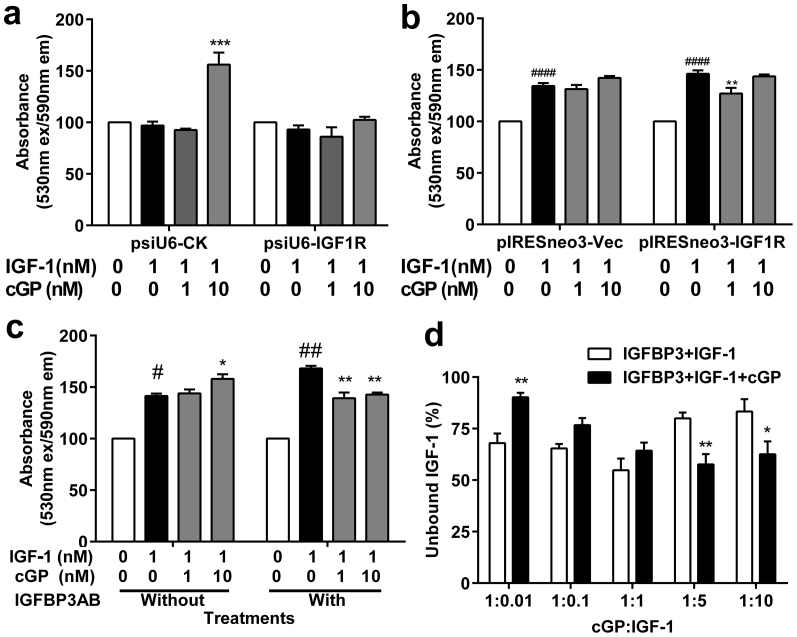Figure 3. The role for IGF-1 receptor and IGFBP-3 in cGP-associated efficacy.
(a, b), The effects of IGF-1 alone (black bar, n = 3) and combination treatment (grey bars, n = 3) on cell viability were compared after knock down of IGF-1 receptors via siRNA (a, n = 3) or overexpression (b, n = 3). (c), Compared the treatments without IGFBP-3 antibody (without IGFBP3AB, n = 3–6), treatment with IGFBP-3 antibody (with IGFBP3AB, n = 3–6) also shifted the effects of cGP + IGF-1 (grey bars) on cell viability from no change and stimulatory to inhibitory (c) when compared to IGF-1 alone treatment (black bars). These experimenters were repeated four times. (d), The percentage of unbound IGF-1 with (black bars, n = 6) and without the presence of cGP (white bars, n = 6). Data were analysed using two-way ANOVA and presented as Mean ± SEM, where #p < 0.05, ##p < 0.01 indicate the difference between the controls and IGF-1 alone; *p < 0.05, **p < 0.01, indicate the differences between the treatments with and without cGP.

